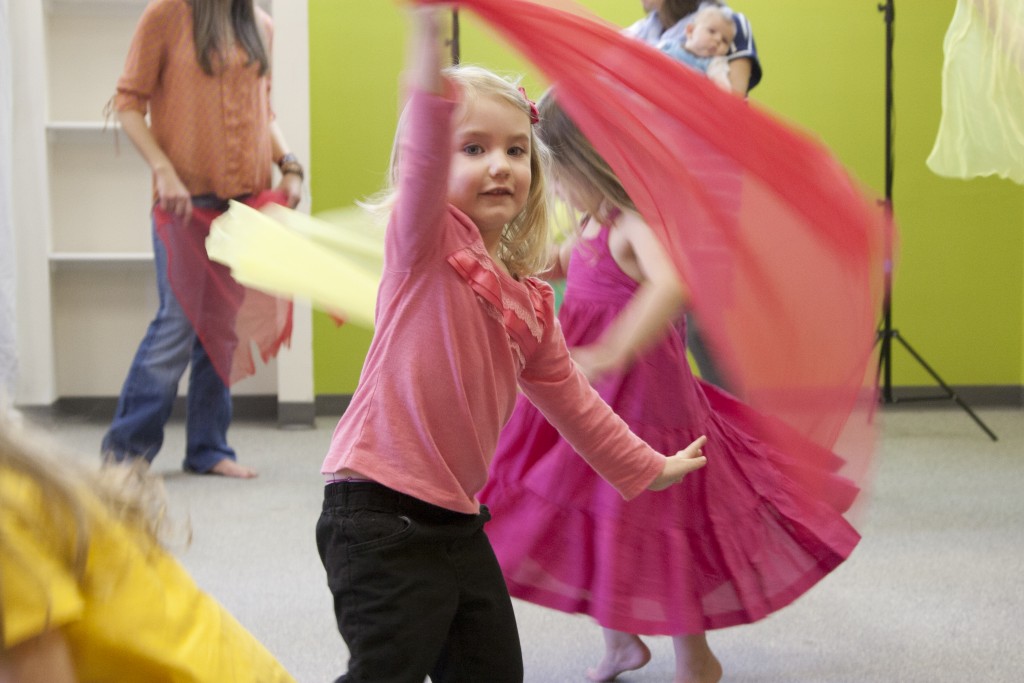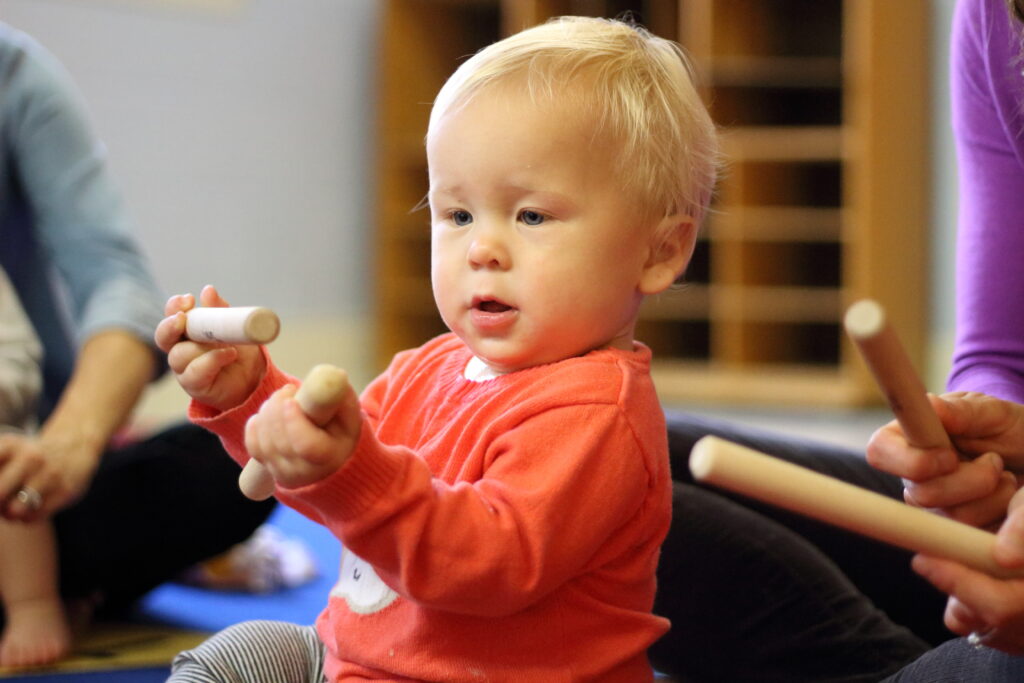This week marks the first official day of Spring, and for most people, Spring signifies awakening, renewal, and new growth. Most of us seem to be happier in Spring, and there is scientific evidence to support that. With longer and warmer days, the increased exposure to sunlight increases the production of serotonin “The Confidence Molecule” in the body, while decreasing the production of melatonin. That chemical change, along with the psychological change of being outside more, makes Spring a very happy time for most. As we would assume, happiness is very important for our emotional and physical health. But even more so, happiness in is key to healthy development in children.
While many factors contribute to the happiness of children, music is one factor that can have a very positive and lasting effect.
The Importance of Happiness in Childhood
When most of us look upon childhood, we can remember a variety of events, activities, and people that evoke feelings of happiness, sadness, being frightened, or upset. While caregivers tend to put a great emphasis on the extent to which different influences or activities shape a child’s future success, research shows that memories of childhood are linked more to social events and activities than any solitary ones.
Adults are more likely to fondly remember social interaction at events such as a birthday party rather than the actual gifts they received. Happiness in childhood social interactions encourages kindness and good moral behavior, and helps to prevent tantrums, defiance and rebellious behavior. In addition, adults who reported higher levels of well being during childhood were more likely to report being satisfied with their adult life, including work, relationships and health. This should be no surprise, but caregivers often ponder over the best methods of providing children a happy environment. While the various factors are too many to list here, there is a distinct correlation between music and childhood happiness.
Music and Childhood Happiness
As we have explored in this blog before, music facilitates listening, learning, language development, independence, and initiative in children.
Music also helps reduce childhood anxiety and depression, while promoting healthy and restful sleep. All of these factors affect moods in children, and as a result, their developing outlook on life. Furthermore, early childhood music classes promote social interaction and cooperation, which as mentioned above is a key factor in memories of a happy childhood. Singing and playing together in a group provides the positive feelings of shared community and teamwork. Music increases the release of endorphins and dopamine in the brain, which play a role in closeness and connection with others. Exposure to music from the earliest stages of childhood increases a positive world outlook and happiness. Group early childhood music classes especially benefit a child’s well-being, as it becomes a way to practice cooperation, communication, and interaction with peers.
Spring is a time when nature seems to come awake in many ways, including more music. For example, Canaries stop singing every autumn when the brain cells responsible for song generation die, growing back in the winter months so the birds can sing their songs in Spring. While birdsong may not be a sign of happiness in birds, it certainly brings joy to many who hear it as the sun begins shining longer and brighter.







